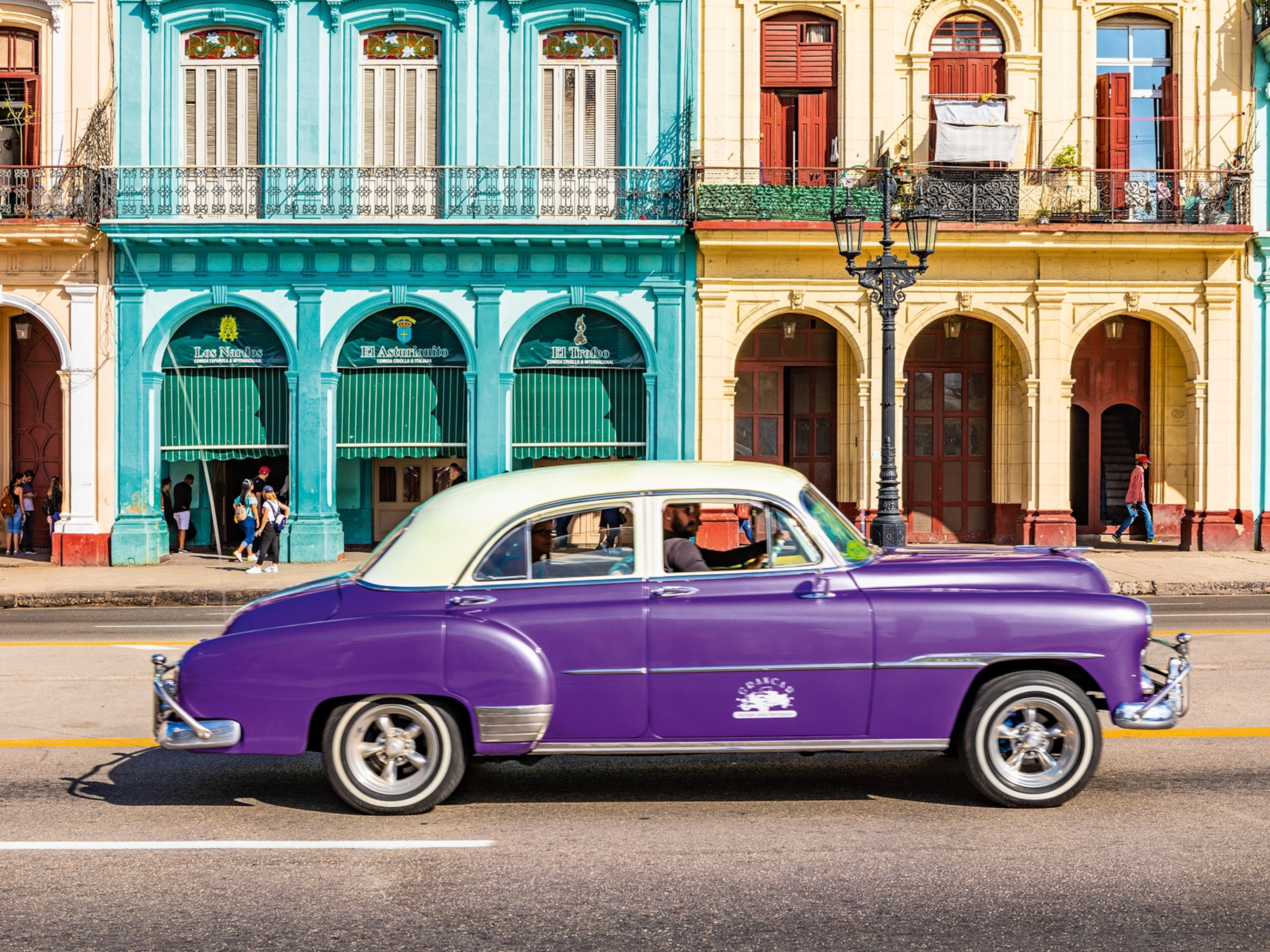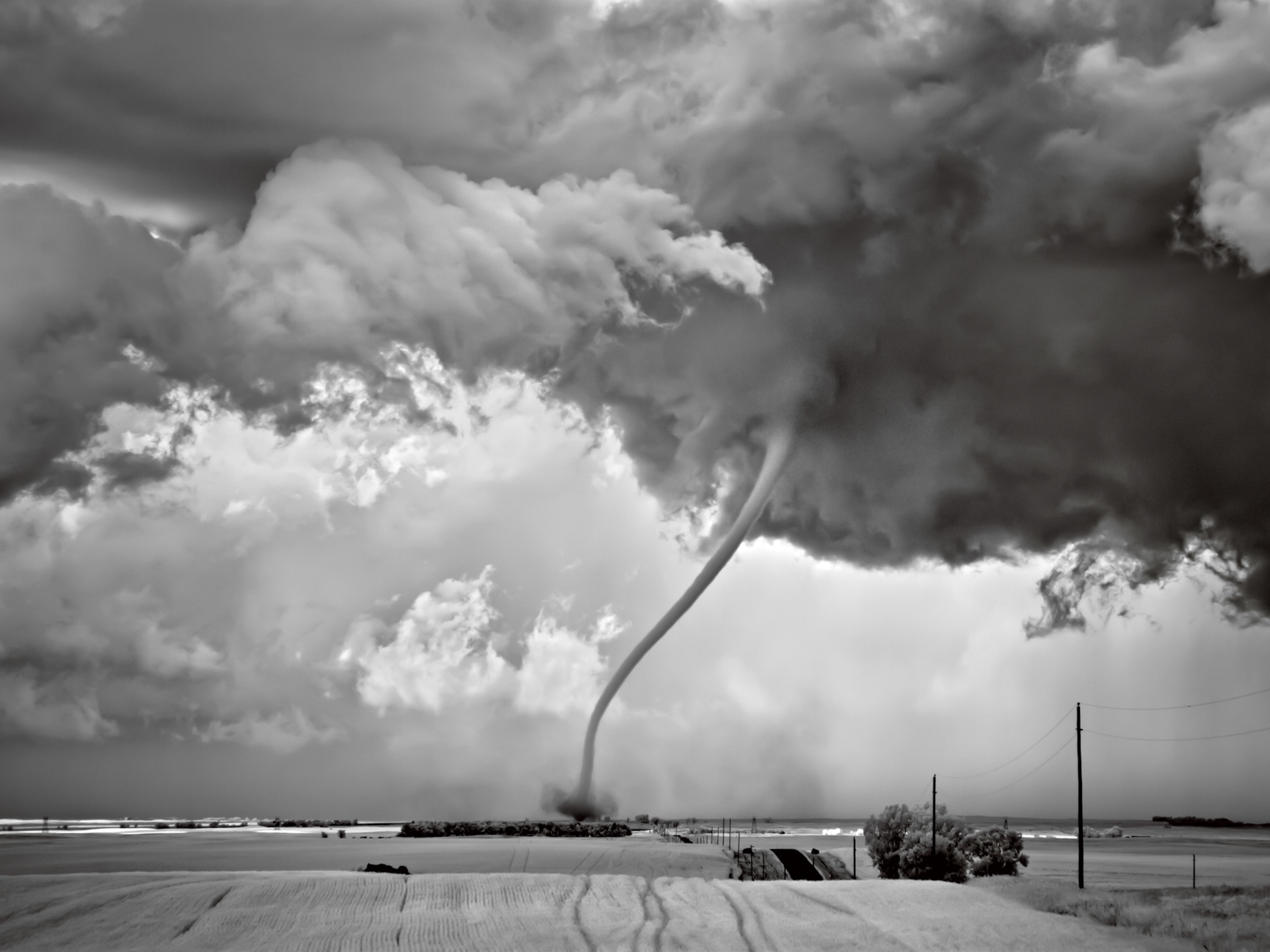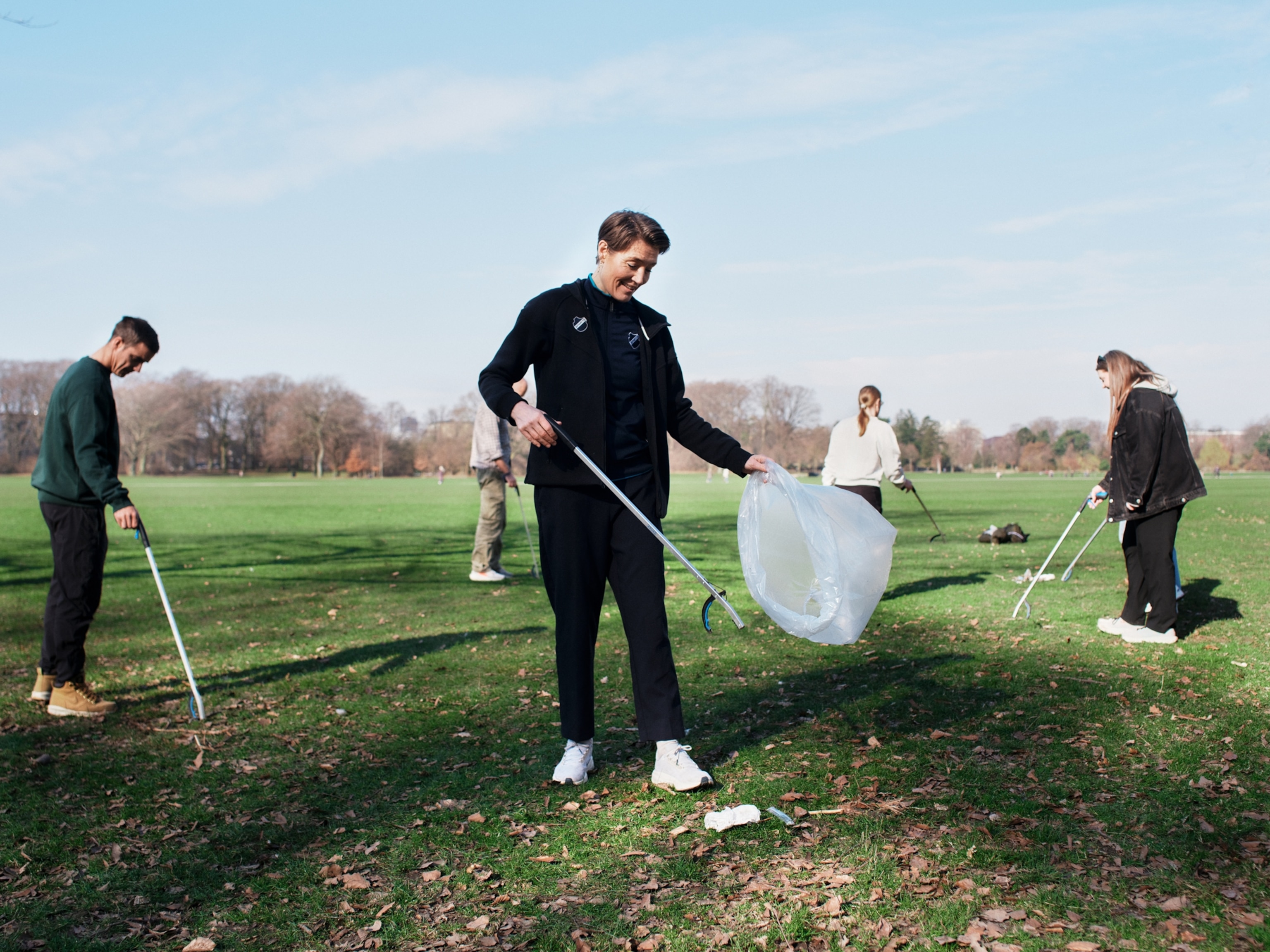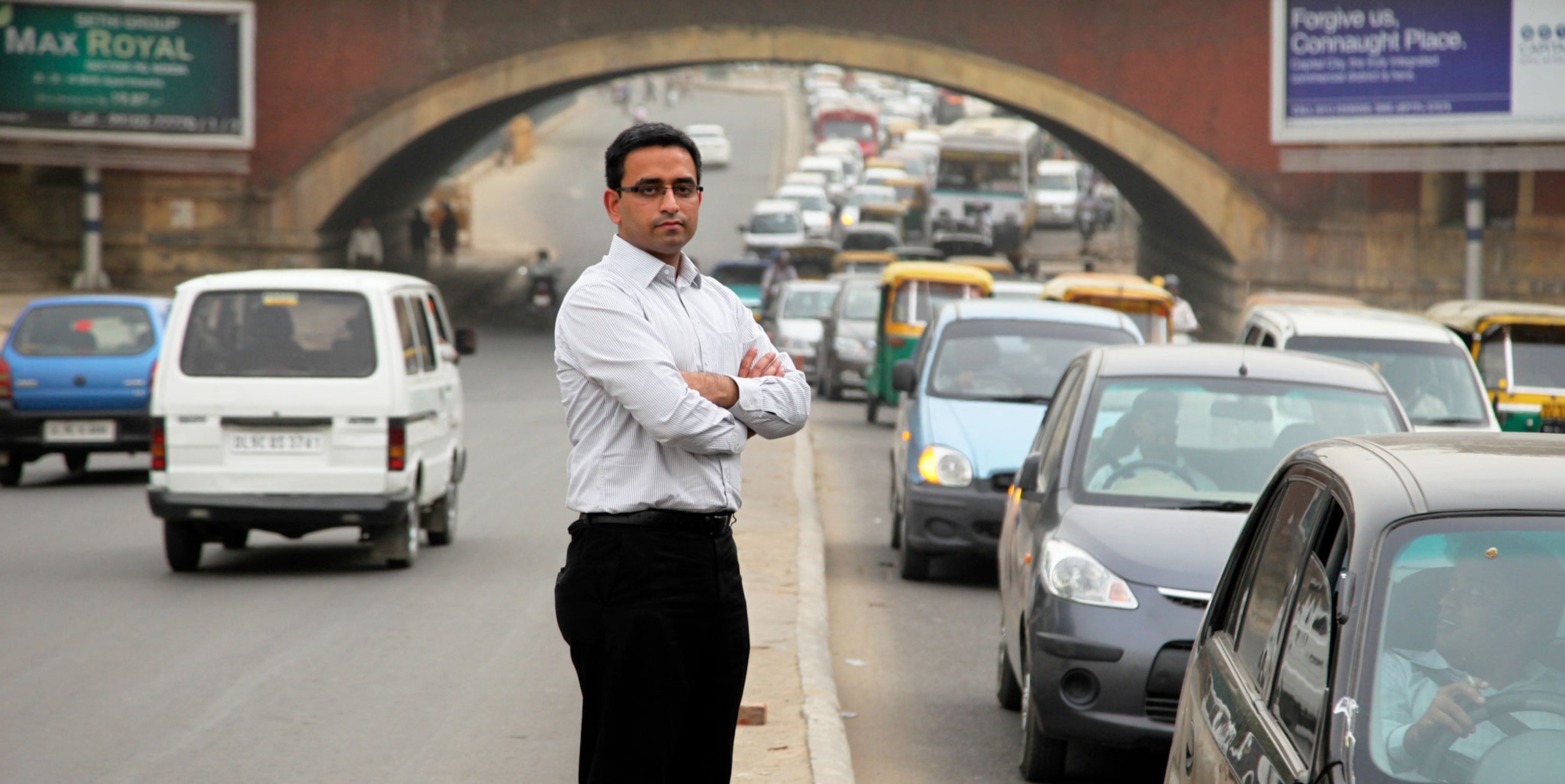
Putting the Brakes on India's Huge Traffic Fatalities
Stung by a cousin's death, Piyush Tewari's leading reforms to improve emergency medical aid to accident victims.
For many—whether motorist, bystander, or police officer—helping a traffic accident victim seems almost instinctual.
But that hasn’t traditionally been the underlying sentiment in India, one of the world's worst countries for traffic deaths, with nearly 150,000 fatalities and more than 500,000 injuries in 2015. Besides the lack of emergency medical personnel and basic first-aid training among first responders and ordinary citizens, there persists among Indians a widespread cultural reluctance to lend a hand.
Piyush Tewari, a former New Delhi investment banker, has almost single-handily changed sentiment since establishing the SaveLife Foundation to help accident victims and promote road safety following the 2007 death of his 17-year-old cousin Shivam Bajpai in Kanpur.

“After being hit by a car, he was able to drag himself to the side of the road, but despite his pleas to hundreds who may have passed him, no one came forward to help. He literally bled to death,’’ says Tewari, a Rolex Laureate. “If it could happen to him, it could happen to anyone.”
Angered and upset by his young cousin's death, Tewari, 36, took time off from his management job at a private equity firm. While searching for answers, he met with police, doctors, and the families of accident victims. He learned about India’s notoriously unsafe roads, substandard emergency medical response system, lack of first-aid training among police forces, and an undercurrent of ambivalence among ordinary citizens toward crash victims.
The information contributed to his finding—bolstered by the medical community—that most accident victims received no medical care within the vital first hour after their accident. Moreover, thousands could have been saved with basic, immediate intervention.
“That’s when I decided if I don’t do anything about this, I could lose more friends and family members,’’ says Tewari, who gained expertise riding in EMS vans with first responders and training for months at a Delhi trauma center.
When he started SaveLife in 2008, the main goal was to provide police and volunteers with first-response first-aid training and basic medical kits. So far, nearly 11,000 people have received trauma training. In 2011 he quit his job to oversee the foundation full-time, building a staff of 18 and launching a mass movement to spur legal changes to encourage Indians to assist accident victims.
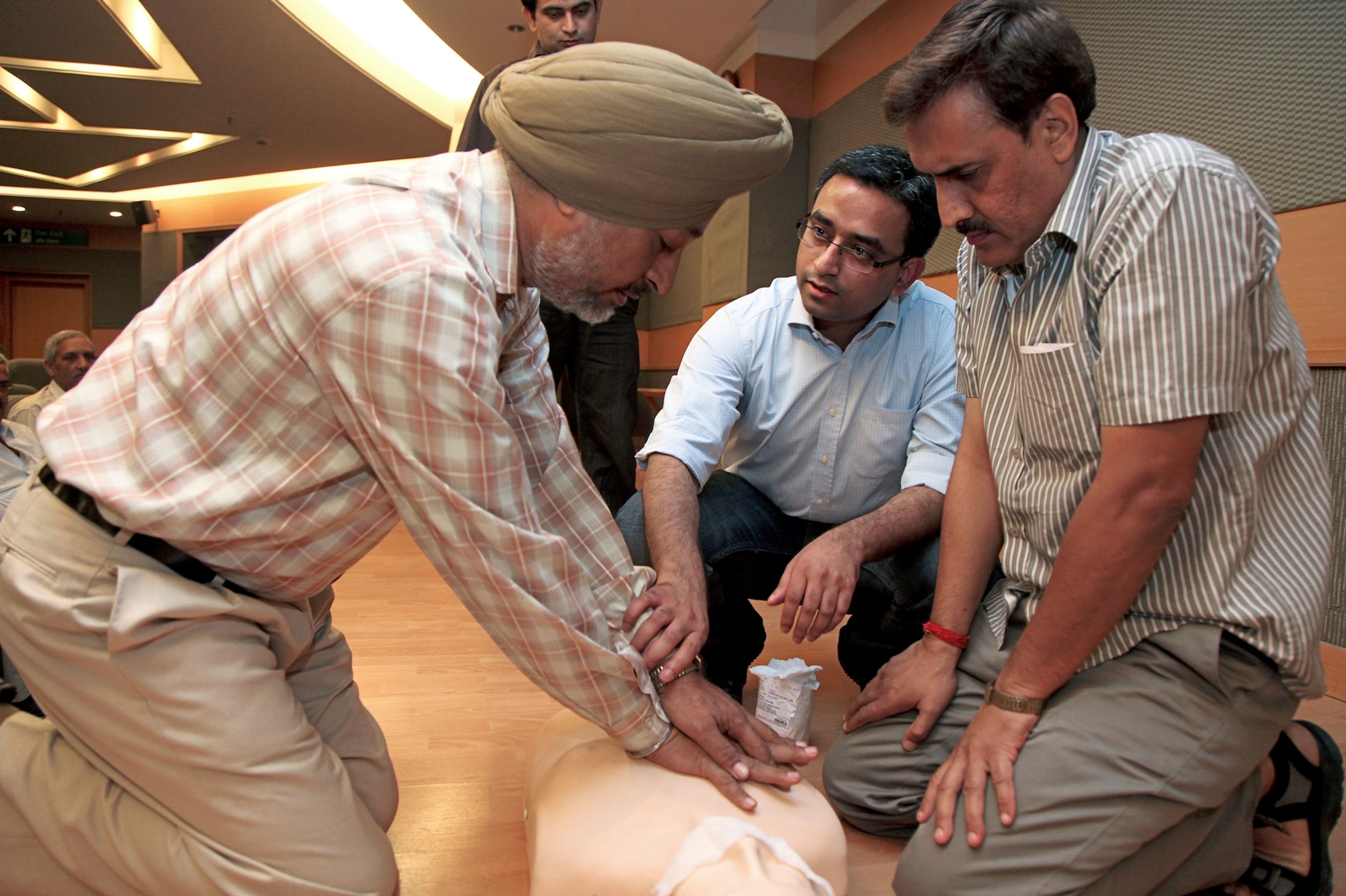
Under remnants of British colonial rule and antiquated government regulations, police could detain or harass those who helped accident victims. Bystanders were also discouraged by potential legal action and liability for victims’ medical bills. "There was even this presumption that you were the culprit if you brought someone to the hospital,'' Tewari says.
Tewari campaigned in the media, pushed parliament, and petitioned India’s Supreme Court for change. In a landmark decision earlier this year, the Supreme Court, in effect, ruled that Good Samaritans who provide accident assistance are protected from potential legal and financial fallout, a move that could bolster victim survival rates.
"People are dumbfounded when they learn about the size of the problem we have in India,'' says Tewari, who’s currently attending Harvard University to learn more about nonprofit management and government policy.
SaveLife appears to be having an impact, particularly in Delhi, where traffic-related fatalities dropped 30 percent from 2010 to 2014. But Tewari realizes much work must be done to reduce traffic fatalities across India, especially with the country's burgeoning middle class acquiring more vehicles. From 2009 to 2012 alone, India added more than 45 million vehicles.
SaveLife has launched additional initiatives to deter road accidents, including driver safety programs for truck drivers—who account for nearly a third of India's vehicle accidents—and road improvements, such as "safety corridors" along key roads in western India, where fatalities run especially high.
Among the roads is the busy 60-mile-long Mumbai-Pune Expressway, which averages 125 fatalities a year. "We'd like to get that rate down to zero by 2020,'' Tewari says.

